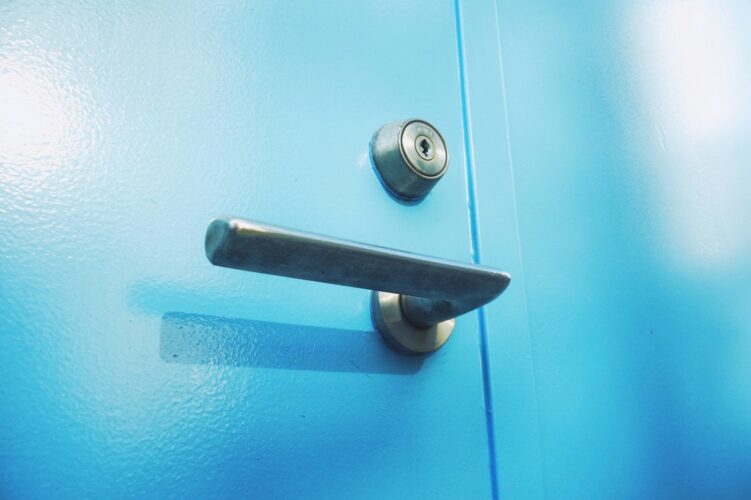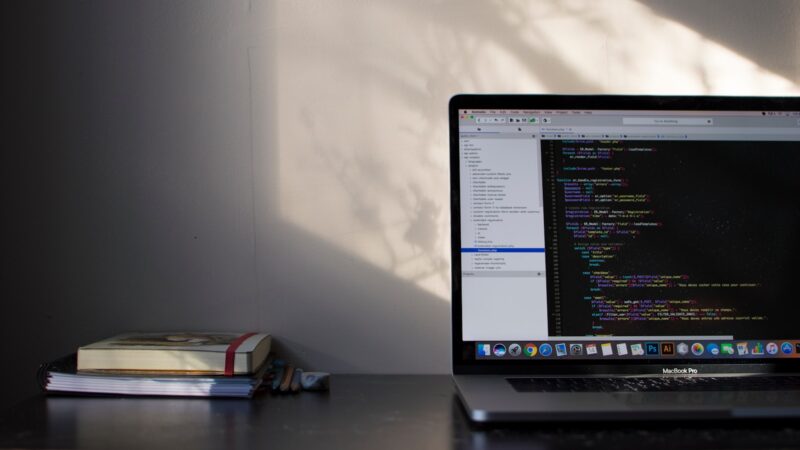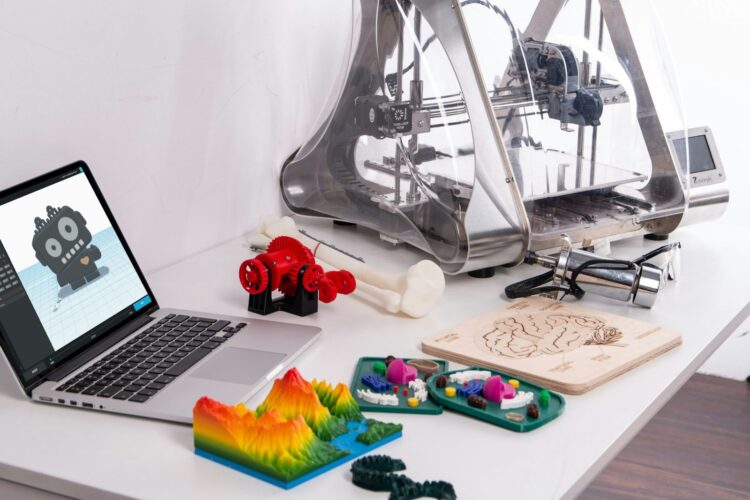Once you have set up a Redux store in your React application, the next step is to connect your components to the store. This allows the components to access and modify the state in the store, as well as listen for changes to the state.
In Redux, components can be connected to the store using the connect function from the react-redux library. This function takes two arguments: mapStateToProps and mapDispatchToProps.
mapStateToProps is a function that maps the state in the store to props that are passed to the connected component. It takes the current state as an argument and returns an object containing the props that the component needs. For example, if your store has a count property, you could map it to a prop called count like this:
javascript
const mapStateToProps = state => ({
count: state.count
});
mapDispatchToProps is a function that maps action creators to props that are passed to the connected component. It takes the dispatch function as an argument and returns an object containing the action creators that the component needs. For example, if you have an action creator called incrementCount, you could map it to a prop called onIncrementCount like this:
javascript
const mapDispatchToProps = dispatch => ({
onIncrementCount: () => dispatch(incrementCount())
});
Once you have defined these two functions, you can use the connect function to connect your component to the store. Here is an example:
javascript
import { connect } from 'react-redux';
const Counter = ({ count, onIncrementCount }) => (
<div>
<p>Count: {count}</p>
<button onClick={onIncrementCount}>Increment</button>
</div>
);
const mapStateToProps = state => ({
count: state.count
});
const mapDispatchToProps = dispatch => ({
onIncrementCount: () => dispatch(incrementCount())
});
export default connect(mapStateToProps, mapDispatchToProps)(Counter);
In this example, we have defined a Counter component that displays the current count and a button to increment the count. We have also defined mapStateToProps and mapDispatchToProps functions to map the state and action creators to props. Finally, we have used the connect function to connect the Counter component to the store.
With this setup, the Counter component can access the count prop and the onIncrementCount prop, which are mapped from the state and action creator, respectively. When the button is clicked, the onIncrementCount function is called, which dispatches the incrementCount action to the store, updating the state.
In conclusion, connecting components to the store in Redux is a crucial step in managing state in a React application. By using the connect function and mapping the state and action creators to props, components can access














One Response
Congratulations!